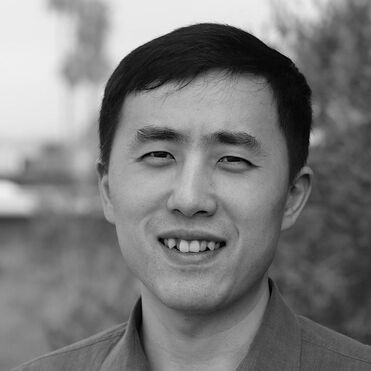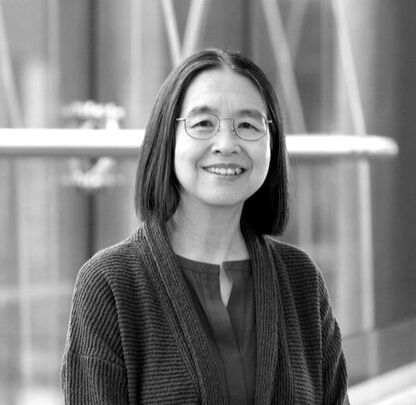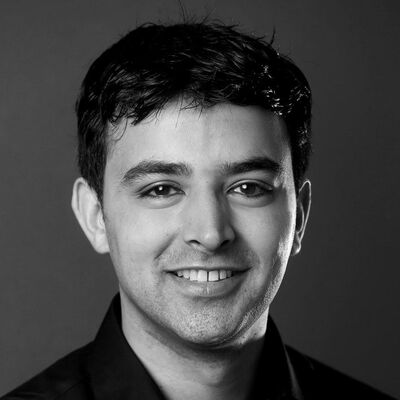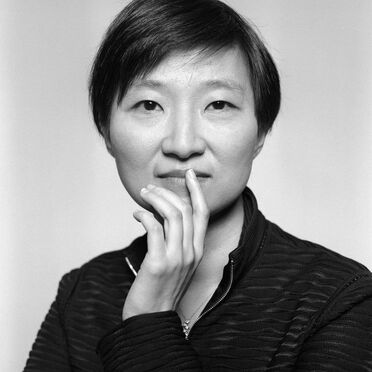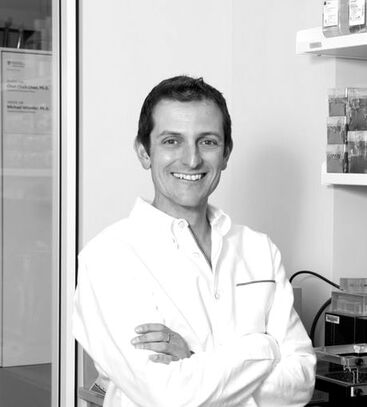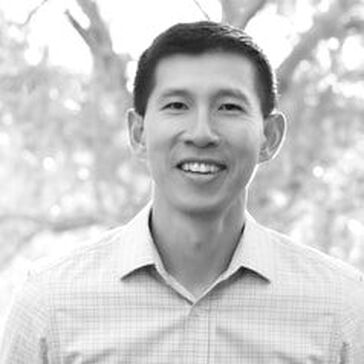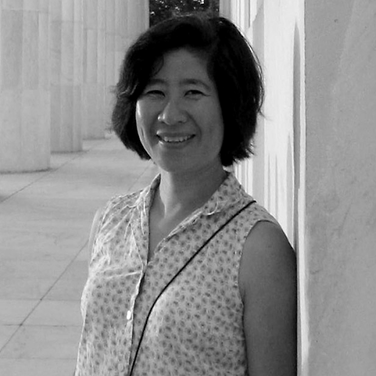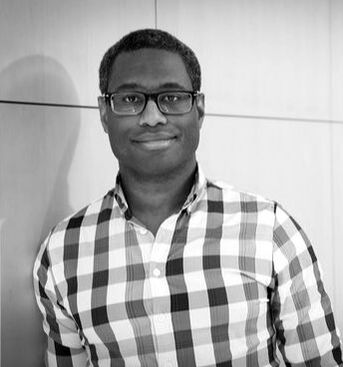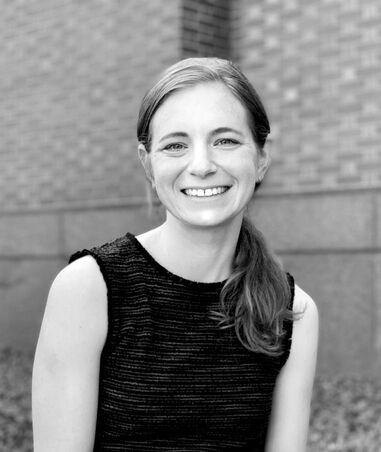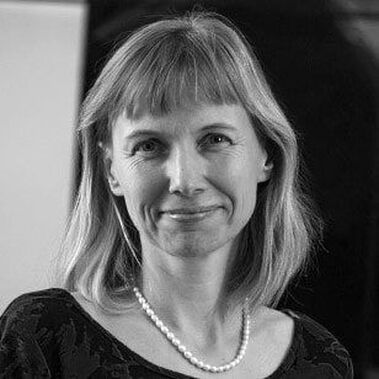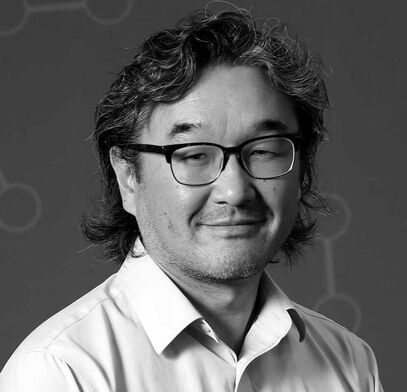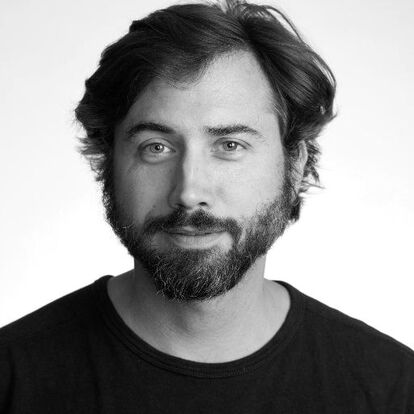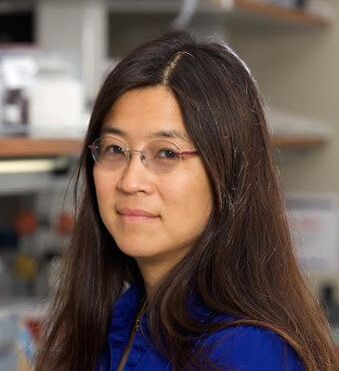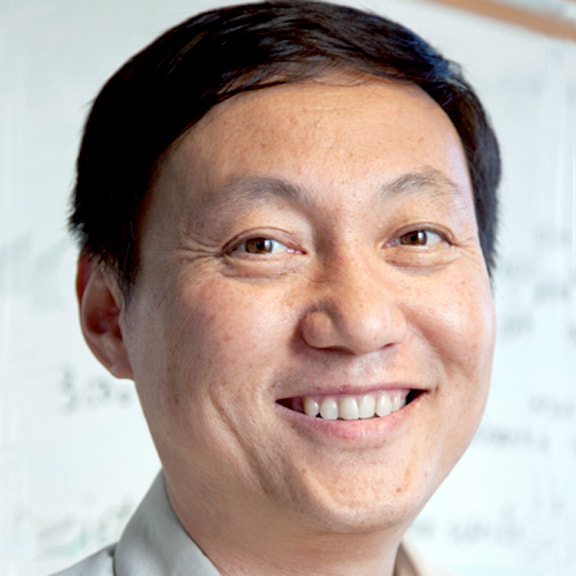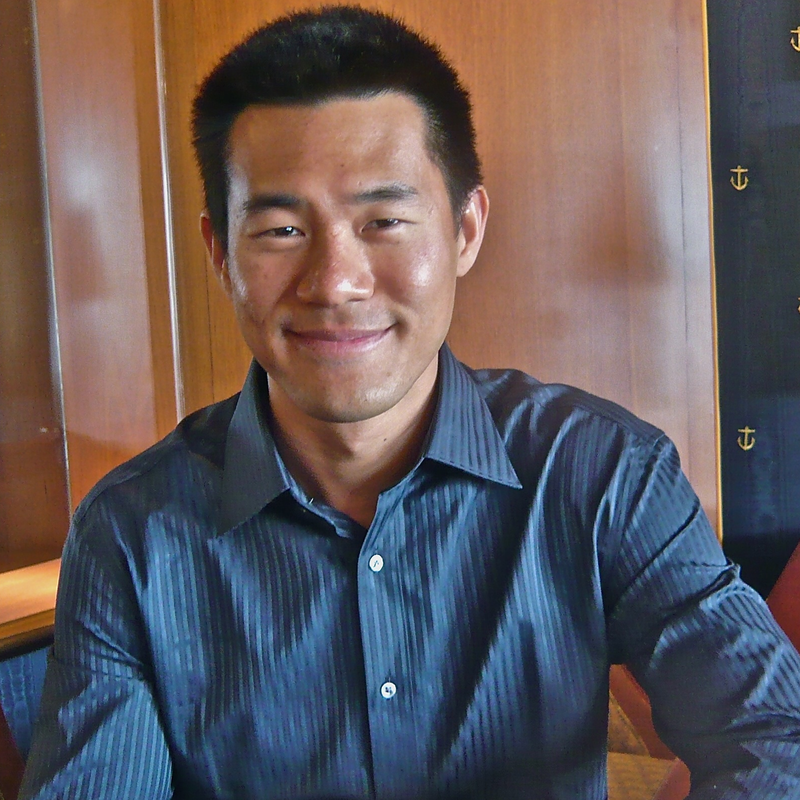Spatial Omics
Special Thanks to the 2020 Organizing Committee:
Bing Ren, PhD, Gene Yeo, PhD, and Louise Laurent, MD, PhD
Special Thanks to the 2020 Organizing Committee:
Bing Ren, PhD, Gene Yeo, PhD, and Louise Laurent, MD, PhD
|
Xiaowei Zhuang, PhD Keynote
Professor of Chemistry & Chemical Biology Professor of Physics Harvard Students and postdoctoral fellows in the Zhuang laboratory apply their diverse backgrounds in chemistry, physics, biology, and engineering to develop novel imaging methods, molecular probes, and image analysis algorithms, and to exploit these tools to study a variety of interesting biological problems, ranging from the structure of chromatin and chromosomes and the regulation of gene expression to sub-cellular structures in neurons and neuronal connectivity. Our current research is focused in three major areas: (1) super-resolution fluorescence microscopy, (2) single-cell transcriptome and chromosome imaging, (3) and single-molecule biology. Francisco Quintana, PhD Associate Professor of Neurology
Brigham and Women’s Hospital Harvard Medical School The Quintana lab is focused on the characterization of signaling pathways that control the activity of the immune system, with the ultimate goal of identifying novel therapeutic targets and biomarkers for immune-mediated disorders. To this aim, we use genomic and proteomic tools to the study zebrafish, murine and human disease models of inflammation. John Chang, MD Professor In Residence, Medicine
UC San Diego A central problem faced by multi-cellular organisms is the need for rare progenitor cells to continually produce terminally differentiated cells while also preserving a self-renewing lineage. In the mammalian immune system, T lymphocytes face a similar need for simultaneous differentiation and regeneration. The goal of the Chang Lab's research is to understand the molecular mechanisms enabling activated T lymphocytes to give rise to differentially fated progeny. |
Long Cai, PhD Keynote
Professor of Biology & Bioengineering Caltech The Cai lab pioneered the field of spatial genomics. They developed tools such as seqFISH that allows >10,000 genes to be detected in situ with single molecule resolution in tissues. These transformative tools have allowed them to discover unexpected dynamics in stem cell biology, uncover spatial organization in the brain and embryos. They will continue to explore questions in developmental biology and neuroscience, as well as generating spatial atlas of organisms at the single cell resolution. The key to doing science is knowing what's not known. Spatial genomics gives them a tool to find those unknowns. Ting Wu, PhD Professor of Genetics
Harvard Medical School The Wu Lab studies how chromosome behavior and positioning influence genome function and evolution, with implications for gene regulation, genome stability, and disease. Using genetic, molecular biological, computational, and imaging tools, they approach these topics from a variety of angles. They also develop technologies. For example, in the area of microscopy, they are continuing to work with Oligopaints1,2, an oligo-based strategy for fluorescent in situ hybridization (FISH) that has enabled homolog-specific probes (HOPs)3 as well as methods for the in situ super-resolution imaging of chromosomal DNA (OligoSTORM and OligoDNA-PAINT)3,4. Their laboratory is also involved in the Consortium for Space Genetics, which addresses the application of genetic technologies to long-term exploration of Space and, most recently, climate change on Earth. Rahul Satija, PhD Assistant Professor of Biology
New York Genome Center Their goal is to understand how cellular heterogeneity encodes the molecular structure, function, and regulation of complex biological systems. Primarily using single cell genomics, we analyze systems by profiling their most fundamental units individually - a ‘bottom-up’ approach that allows them to study how diverse groups of cells work together to drive biological processes and behaviors. |
|
Xin Sun, PhD Professor of Pediatrics
UC San Diego The building of an organ starts from an amorphous cluster of cells, and proceeds following an elaborate blueprint of coordinated proliferation, morphogenesis and differentiation. Organ function relies on the harmonization with other organs, the infusion by blood and immune cells, and the wiring by the nervous system. We employ cutting edge techniques in modern biology, including genome editing, genomics, epigenomics, imaging and disease modeling, to delineate the robustness that dictates normal organ function, and uncover the imperfection that initiates pathogenesis. At the center of our investigation is the lung, an organ that is vital at first breath. It is the setting for many fetal, pediatric and adult diseases that have little explanation and no cure. We use disease modeling as a starting point for basic discoveries in developmental biology, stem cell biology and neural-immune interface with physiology. |
|
David Van Valen, MD, PhD Assistant Professor of Biology and Biological Engineering
Caltech Our group studies how living systems and their respective viruses encode and decode information about their internal state and their environment by combining ideas from cell biology and physics with recent advances in imaging, machine learning, and genomics to make novel measurements. |
|
Je Lee, MD, PhD
Assistant Professor
Cold Spring Harbor Laboratory The Lee Lab studies how cells interact with their microenvironment to regulate gene expression during development. They have recently developed a method to sequence RNA molecules directly within single cells and tissues using sub-cellular resolution imaging, and they demonstrated subtle differences in cell-cell/ECM signaling and gene expression genome-wide in situ. By clustering transcripts into functionally or morphological discrete regions, they find many unique spatial markers and signaling pathways. Their lab focuses on the role of non-coding RNA in chromatin remodeling and tumor progression using mouse and organoid models of human cancer. Their long-term goal is to develop better tumor classification tools and anti-cancer therapeutics using our understanding of the tumor microenvironment. Richard Bonneau, PhD Professor of Biology and Computer Science
New York University Dr. Bonneau focuses on two main categories of computational biology: learning networks from functional genomics data and predicting and designing protein and peptoid structure. In both areas he has played key roles in achieving critical field-wide milestones. In the area of structure prediction he was one of the early authors on the Rosetta code, which was one of the first codes to demonstrate accurate and comprehensive ability to predict protein structure in the absence of sequence homology. His lab has also made key contributions to the areas of genomics data analysis. His lab strives to develop new methods that let systems-biologists derive functional forms from relevant biology and parameters from data automatically. |
Sydney Shaffer, MD, PhD Assistant Professor of Pathology and Laboratory Medicine, and the Department of Bioengineering
U Penn Research in the Shaffer lab is focused on understanding how differences between single-cells generate phenotypes such as drug resistance, oncogenesis, differentiation, and invasion. They use a combination of imaging and sequencing technologies to investigate rare single-cell phenomena.
Katy Börner, PhD Distinguished Professor of Engineering & Information Science
Indiana University Dr. Börner's research focuses on the development of data analysis and visualization techniques for information access, understanding, and management. She is particularly interested in the study of the structure and evolution of scientific disciplines; the analysis and visualization of online activity; and the development of cyberinfrastructures for large scale scientific collaboration and computation. |
Organizing Committee
A special thanks to this year's chairs of the organizing committee!
|
|
|
|
|
Director of the Institute for Genomic Medicine
|
